Believe it or not, wearable technology has been around since the 13th century, with the first recorded use of corrective lenses being used as glasses. Just under 300 years later the pocket watch was invented and humans had a regular, reliable and wearable means of telling the time. Fast forward just over 100 years and traders started to wear rings with abacuses attached.
Wearable technology has been through quite a transformation since its early days. In healthcare, devices have become commonplace to track movement and biomarkers. Across elite sports, wearables are increasingly the norm. Tracking via GPS of speed and distance during training and competition has become an industry in and of itself. Internal biomarkers, such as heart rate, allow for precise training zones to be prescribed and effort managed.
Despite the huge growth in wearables, limitations in the effectiveness of the technology in elite sport still exist for a number of reasons. Two major issues impacting the development and usefulness are connectivity and data aggregation. Connectivity limitations inhibit the speed at which data can be processed and analysed. This means that often decisions cannot be made in real-time and the value is only retrospective. Aggregation, or the lack of it, means that wearables typically work in isolation. This failure makes it difficult for coaches and sport scientists to have a holistic view of the athletes. This is further compounded by the connectivity issue, as data has to be collated from multiple sources, which takes time, this provides multiple roadblocks in optimally identifying key performance parameters or themes.
This week, however, saw a major step forward in addressing both of these obstacles. Vodafone, as part of its partnership with the British & Irish Lions, unveiled its new PLAYER.Connect system. PLAYER.Connect takes advantage of Vodafone’s connectivity and Internet of Things (IoT) technology to allow the integration of multiple wearable data sources into one performance dashboard. It gives coaches and sport scientists a more holistic view of players' performances in training and matches. It can also track wellness and other off the field factors that contribute to athlete welfare.
It feels as though this is just the start of a new phase as advances in wearable technology continue to accelerate. The rapid development of IoT technology and miniaturization of devices and sensors should allow for an increasing number of wearables to be present within sport. But while increasing the number of wearables sounds beneficial, simply collecting more data in isolation of other performance metrics isn’t the real step forward. The major development is, as Vodafone has done, being able to integrate all the information within a singular hub that can be used by sport scientists, performance staff and coaches effectively and efficiently impacting decisions in real-time rather than hours after a game or training.
To find out more about Vodafone PLAYER.Connect check out the video above featuring British & Irish Lions Maro Itoje and England's Emily Scarratt as well as Sport Science Agency’s Alex Skelton
Sport Science Agency uses its insight and expertise to tell performance stories and unlocks their value for brands, broadcasters and rights holders. To see some of our work click here If you want to know more about what we can do for you, drop us a note via info@sportscienceagency.com and we can arrange to go for a healthy vitamin packed drink.

